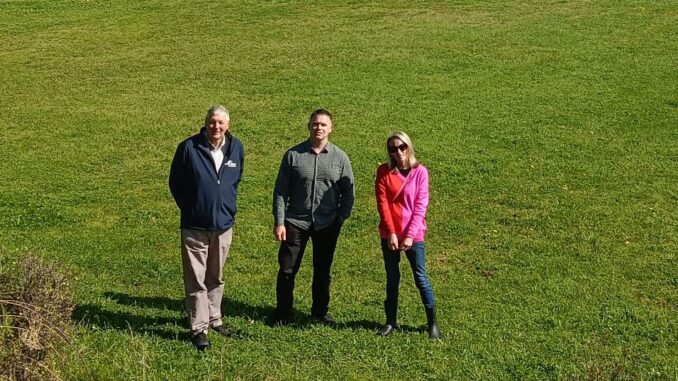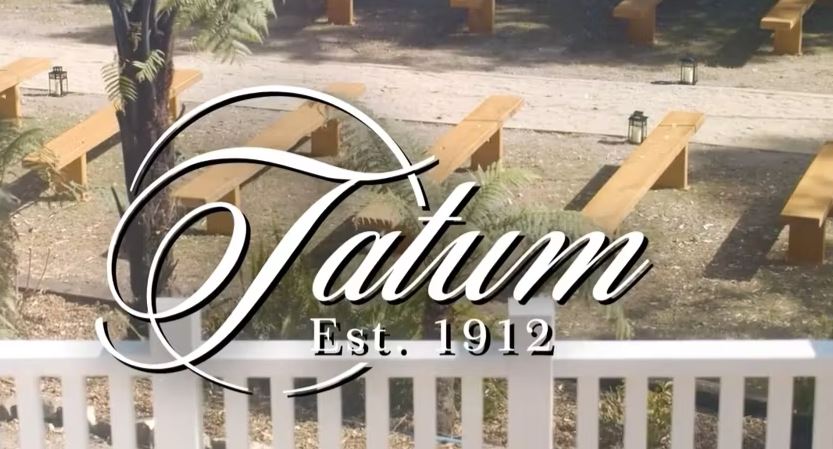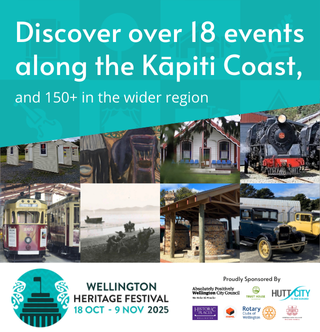
A new sustainable meadow will sprout in Raumati this spring as part of a trial to find new ways of managing open space on the Kāpiti Coast.
Kāpiti Coast District Council will replace the grass on council-managed land by 79 Raumati Rd with a mix of fescue and white clover this spring with the aim of reducing the need to mow the 1700sqm section every three weeks.
Parks, Open Space & Environment Manager Gareth Eloff says if the trial is successful more areas could be sown with the low mow grass alternatives.
“We’re looking at reducing the mowing work our teams are doing to save money, lower carbon emissions and better prioritise where our mowing effort goes,” Mr Eloff says.
“The area we’ll be trialling this on is ideal. It’s not a park where people tend to go to hang out, play or picnic but we currently mow it every three weeks.
“After sowing the field with the new seed mix the intention is to be as hands-off as possible. We’ll keep an eye on it, especially during hot weather to make sure it’s not a fire risk and to maintain the edges, but at a much lesser frequency.
“We’ll also put some rat and mouse traps in place to keep pests under control.”
The low mow approach is an initiative of the Raumati Community Board, supported by ward councillor Sophie Handford.
Raumati Community Board member Tarn Sheerin says mowing costs time and money and has a negative environmental impact.
“It’s really important for some of the Kāpiti Coast’s parks and open spaces to be regularly mowed – places like playgrounds, sports fields and popular picnic spots,” Ms Sheerin says.
“But there are a whole bunch of other places that we think could be transitioned to a more hands-off approach – the trial site is one of these places and there are others we could look at.
“This could be a really great way of saving money and reducing our emissions.”
Mr Eloff says a trial is important for establishing if the low mow approach is economically viable.
“We need to know we’ve spent less money during the trial than if we’d carried on mowing before we can consider expanding to other areas.
“It’s also important to note the trial meadow won’t look like storybook field of wildflowers or be of much benefit for indigenous biodiversity, although bees will like it.
“But if it saves money and reduces emissions it could be a winner.”




















































